After Nadar: Pierrot the Photographer 2012
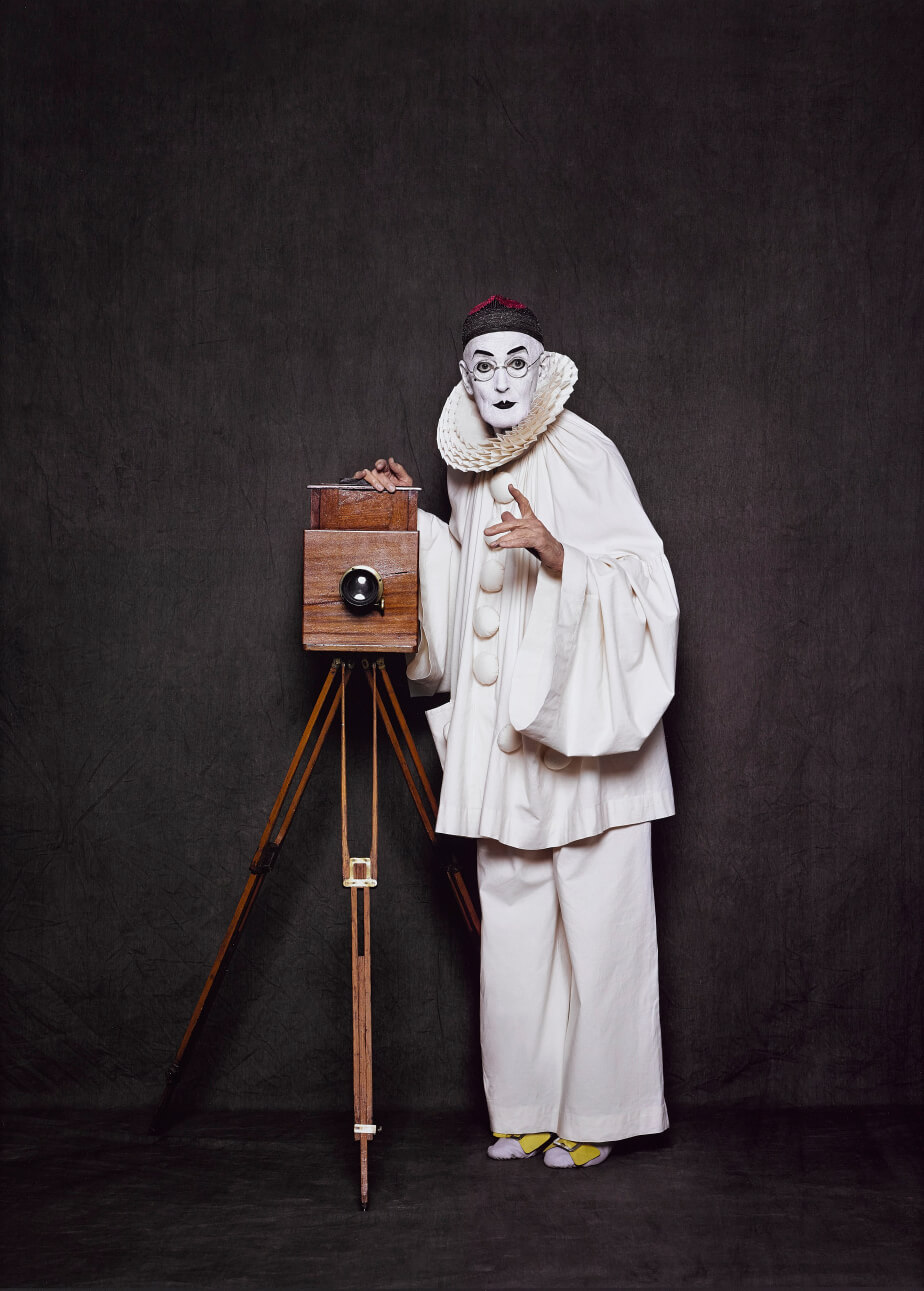
Arnaud Maggs, After Nadar: Pierrot the Photographer, 2012
Chromira print mounted on Dibond, 96 x 75 cm (framed)
Art Gallery of Ontario, Toronto
After Nadar comprises nine autobiographical self-portraits of Arnaud Maggs dressed as Pierrot, the Italian commedia dell’arte character celebrated in French pantomime of the 1800s. In this final artwork, Maggs connects to history, particularly that of art and photography. This time he inserts himself in the story, simultaneously negotiating historical and contemporary territory. The works were done after a series of portraits by nineteenth-century photographer and caricaturist Nadar (Gaspard-Félix Tournachon) (1820–1910) and his brother, Adrien Tournachon (1825–1903), who made more than fifteen images of French mime Charles Deburau (1829–1873) performing as Pierrot.
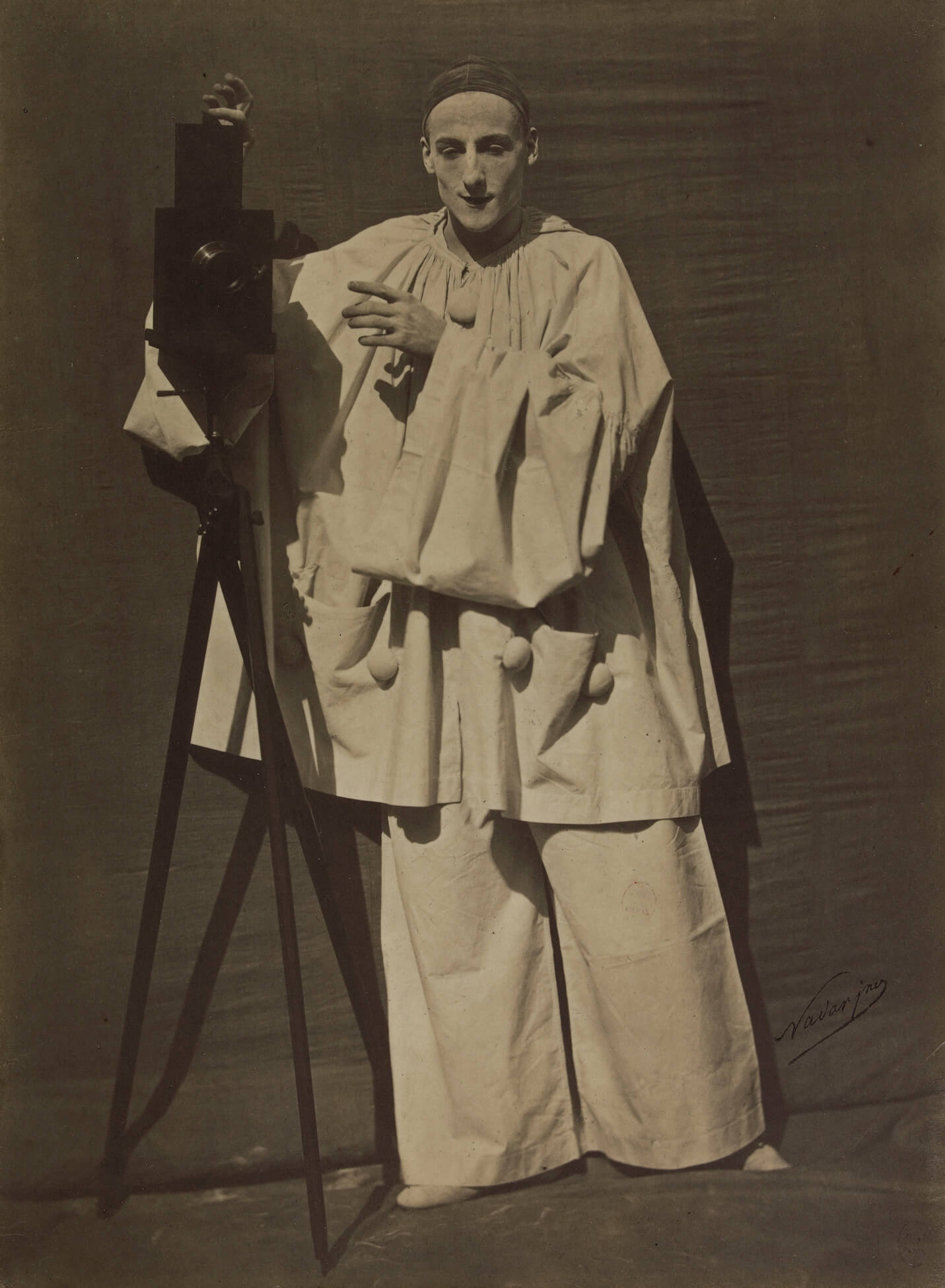
Maggs had a Pierrot costume made for his photographic performance. Exaggerated buttons and oversized buckles on his slippers mimic what Deburau wore in the nineteenth-century photographs. The outfit also features the added theatrical flourish—absent from Deburau’s clothing—of a Pierrot collar, which frames his painted face. His creamy-white costume and face paint pop dramatically against the warm black studio backdrop.
Maggs places several artists in conversation in After Nadar: himself, Nadar, and Deburau. Critic Robert Enright adds to this list Maggs’s long-time assistant and friend artist Katiuska Doleatto, who worked on the shoot. Maggs’s interpretation of the historic images portrays the artist in full colour and at a grand scale, creating a compelling invitation to his performance. Following the approach he took in most of his later works, Maggs hung the After Nadar images in a row. Uncharacteristically, however, there is no defined order. Nevertheless, narratives emerge, which curator Sophie Hackett asserts, “seem to add up to a life, an autobiography acted out before our eyes.”
Maggs first encountered the historical images at the National Gallery of Canada’s bookstore in 2011: “I just looked at [the photographs] and thought, this is going to work for me.” He went on to perform several roles related to his own life story. “I did my version of the Pierrot the Photographer,” Maggs told Enright, “and all the others are self-referential.” The series also includes Pierrot and Bauchet (an advertising prop for Bauchet film), Pierrot the Archivist, Pierrot the Painter, Pierrot the Collector, Pierrot the Musician, Pierrot the Storyteller, Pierrot in Love, and finally Pierrot Receives a Letter.
Through a variety of props and cues, Maggs signals details of his own life and career. In Storyteller, with historical book in hand, Maggs’s Pierrot seems to delight at the content of its pages just as Maggs did upon seeing Nadar’s Pierrot the Photographer. Maggs appears twice in Pierrot the Archivist: Maggs as Pierrot stands next to a stack of archival boxes, his gaze fixed upon his own photographic self-portrait, a frontal view.
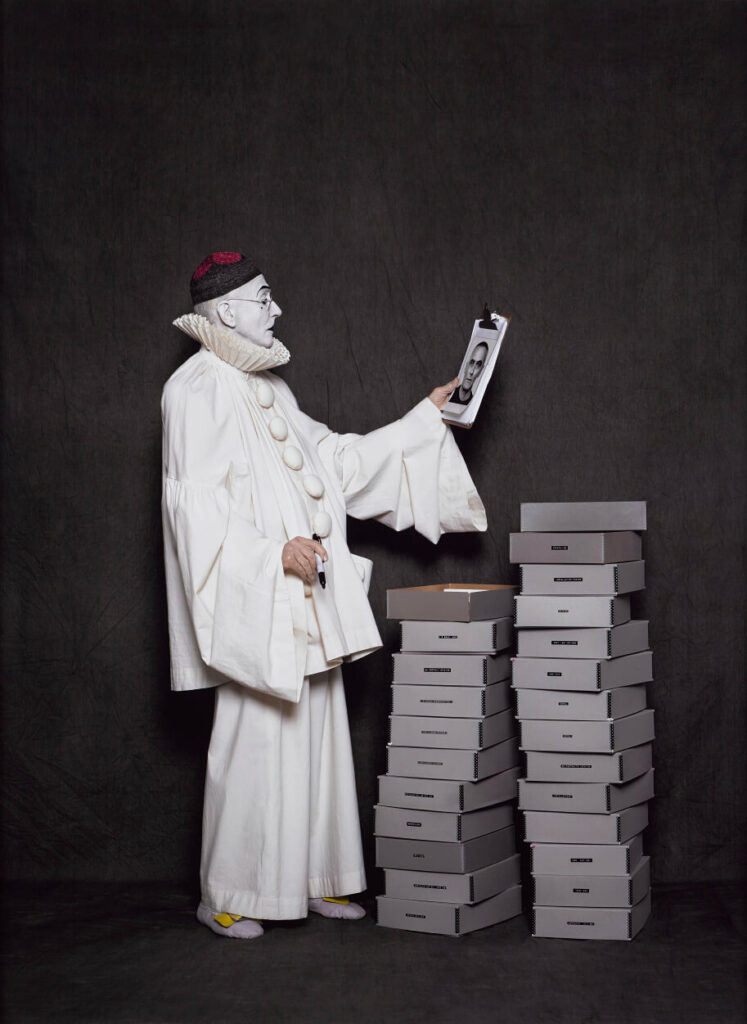
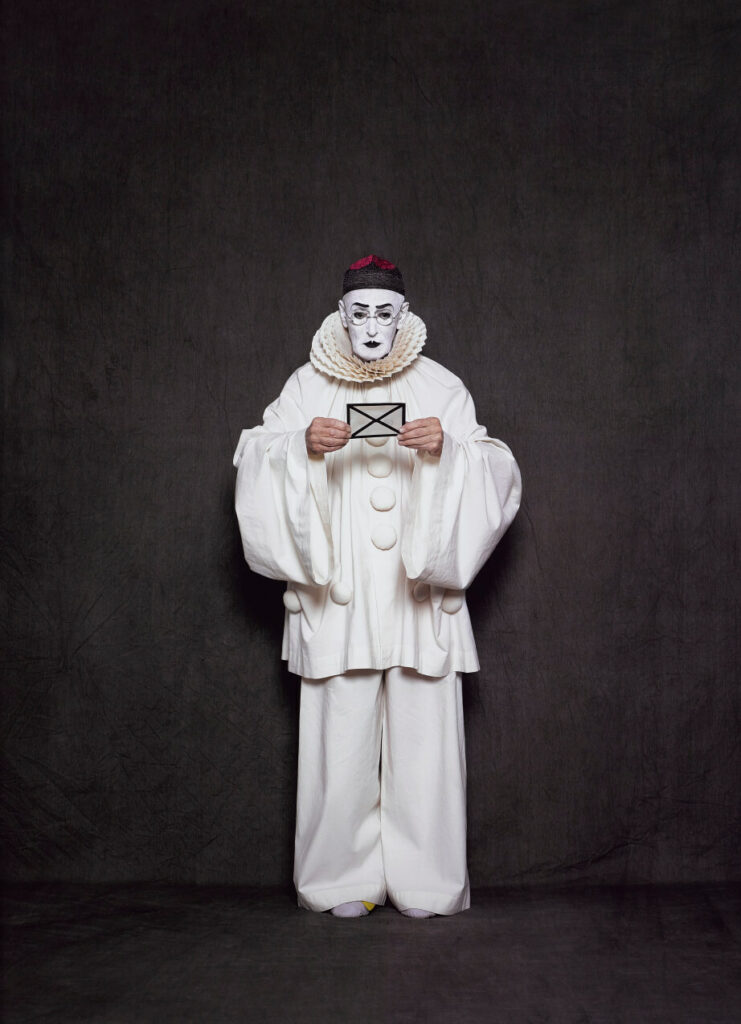
The power of After Nadar is its demonstration of photography’s capacity to represent the past, the present, and the future all at once. Most affecting is Maggs’s Pierrot Receives a Letter. In this photograph, Maggs makes direct reference to his own practice. Pierrot holds up a mourning stationery envelope from the collection represented in Notification xiii, 1996. Maggs’s worried brows are pronounced and the black X of the envelope is centred on his chest. After Nadar “is the curtain call,” says photographer and former Maggs assistant Mike Robinson (b.1961), who was also a close friend. “He knows he’s dying.”
After Nadar will always be inflected with poignancy, as these autobiographical and memorializing self-portraits were completed very shortly before Maggs died. The work was first shown at Susan Hobbs Gallery in Toronto in March 2012.

 About the Author
About the Author
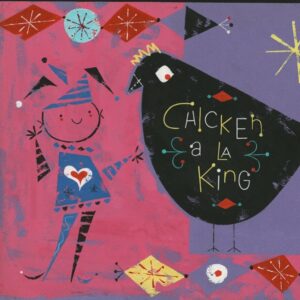 More Online Art Books
More Online Art Books
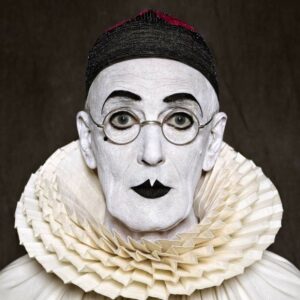 Acknowledgements
Acknowledgements